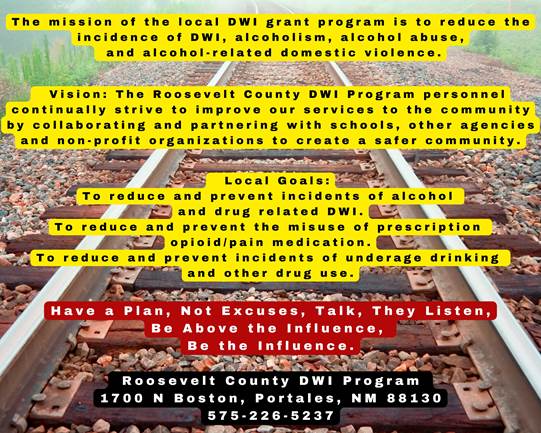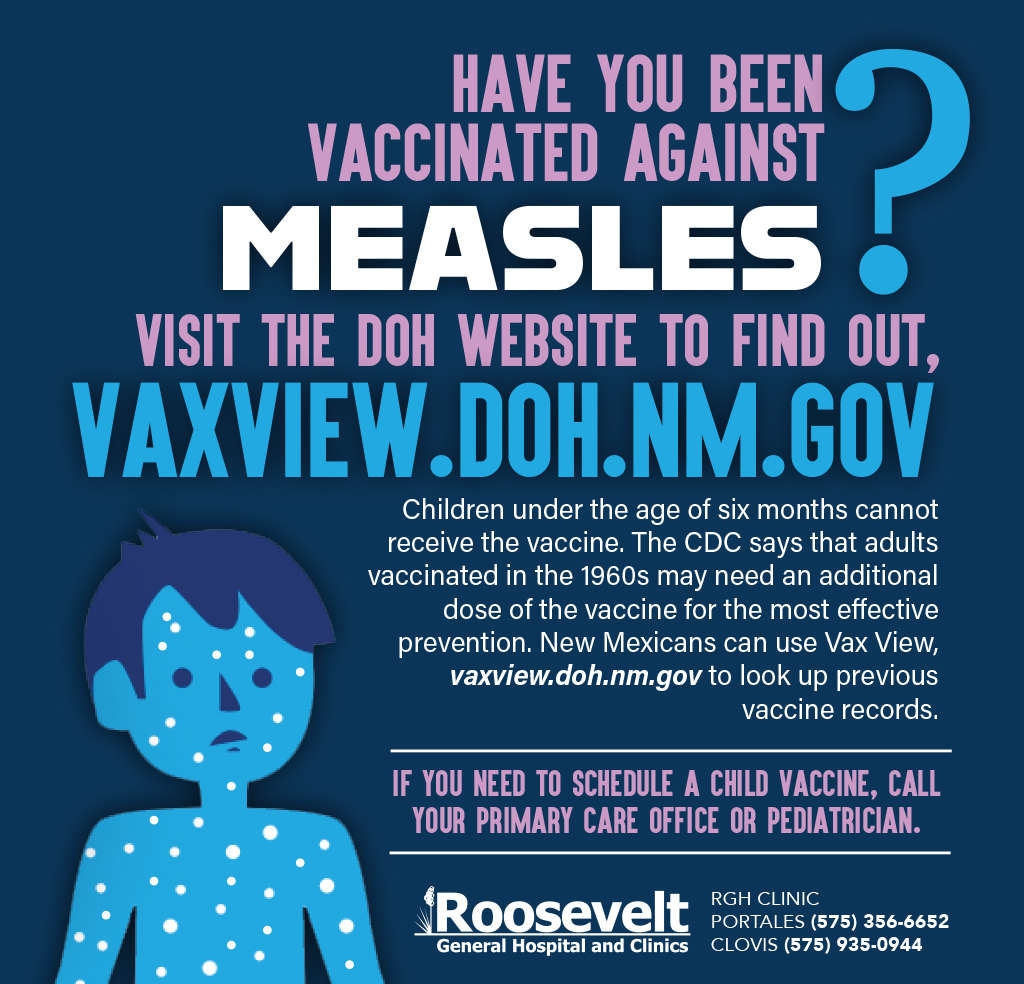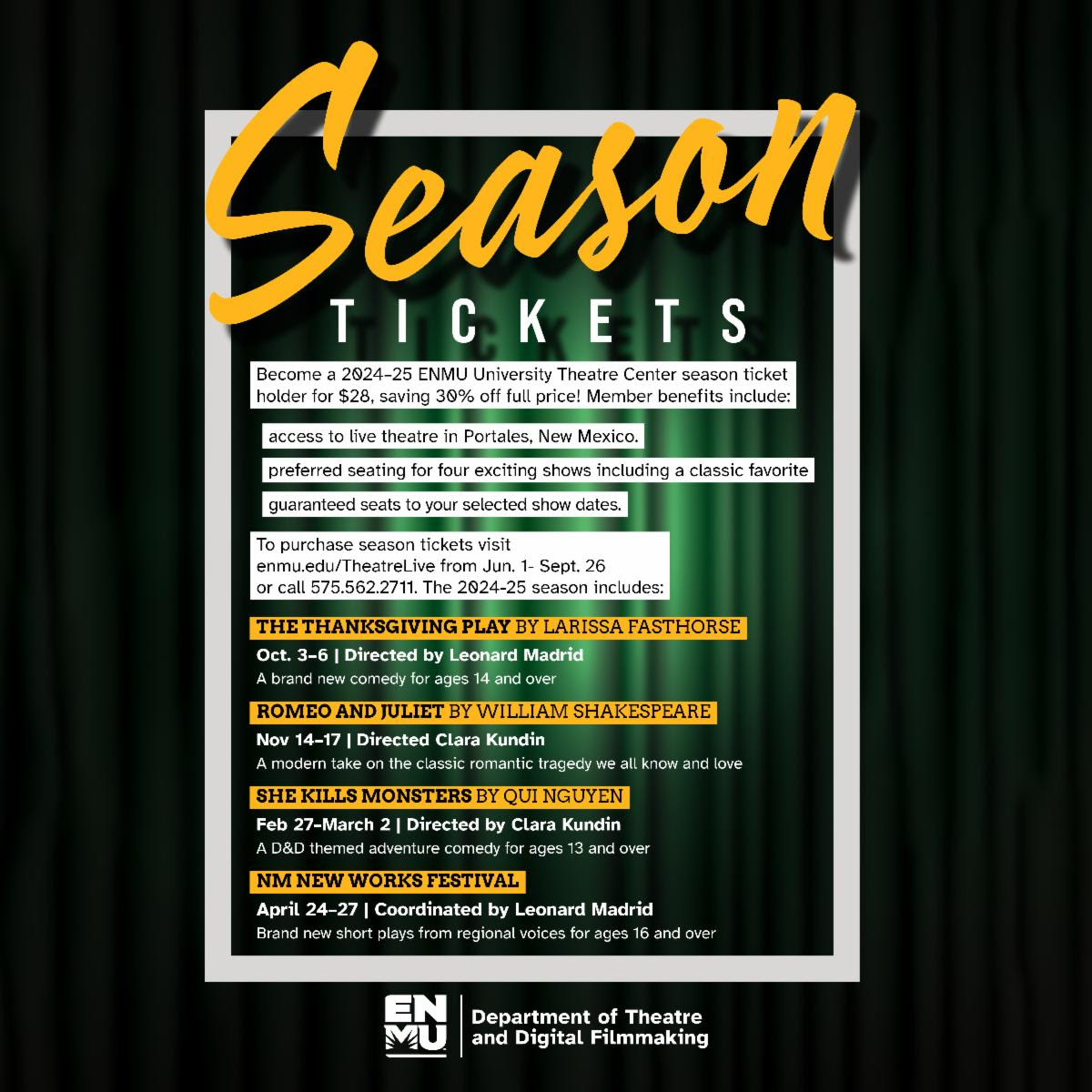The Importance of Prescribed Burning in New Mexico
Santa Fe, N.M – October 3rd, 2024 – In New Mexico, the fall season traditionally marks the
beginning of prescribed burning operations by various land management agencies. During this
period, the public can anticipate increased visibility of smoke in certain areas as fuel treatment
activities are implemented. These controlled burns are part of a comprehensive strategy to
mitigate the risk of wildfires and enhance ecosystem resilience. By reducing hazardous fuel
loads and restoring natural fire regimes, these efforts aim to safeguard communities and
promote long-term ecological health across the state’s diverse landscapes.
By conducting prescribed burns, land management agencies are taking proactive steps to
mitigate the risk of wildfires and protect both communities and natural resources. Numerous
prescribed burn projects are currently underway across New Mexico, and detailed information
about these initiatives can be accessed through the following links.
For multi-agency prescribed fire and wildfire alerts visit: www.nmfireinfo.com
Energy, Minerals, and Natural Resource Department (EMNR) Forest Action Plan:
https://www.emnrd.nm.gov/sfd/forest-action-plan/
For cooperative land management efforts between the BLM and the Forest Service visit:
https://forestsandrangelands.gov/
It is crucial for the public, particularly individuals sensitive to smoke and those engaging in outdoor
recreation on public lands, to stay informed about the timing and location of these controlled burns.
Awareness of these activities ensures safety and minimizes disruptions while supporting essential fire
management and ecological restoration efforts.
Prescribed Burning: A Crucial Strategy for Wildfire Mitigation and Ecosystem Health in New Mexico
Prescribed burning, also referred to as controlled burning, involves the deliberate application of fire
under carefully controlled conditions to specific areas of land. This strategic reduction of vegetative fuel
loads significantly lowers the potential for uncontrolled, high-intensity wildfires. When left unchecked,
the accumulation of dead vegetation, fallen branches, and dense undergrowth creates conditions that
fuel catastrophic wildfires, particularly during the dry and windy seasons prevalent in New Mexico.
By methodically reducing this buildup, prescribed burns create “firebreaks” or defensible spaces that
disrupt the spread of wildfire, enhancing the ability of firefighters to protect residential and commercial
properties, as well as vital infrastructure.
The growing frequency of extreme weather events, coupled with prolonged periods of drought, has
intensified the vulnerability of New Mexico’s forests and grasslands. Land management agencies,
recognizing these evolving risks, are increasingly integrating prescribed fire into their long-term planning
efforts, protecting not just individual communities but the wider landscape.
Restoring Ecosystem Health and Functionality
Beyond its role in wildfire prevention, prescribed burning is integral to the ecological health and
functionality of New Mexico’s forested, desert, and grassland ecosystems. Many of these ecosystems
have evolved alongside periodic natural fires, which historically helped regulate the density of
vegetation, promote the regeneration of fire-adapted plant species, and maintain biodiversity. However,
decades of fire suppression policies have led to unnaturally dense forests and a decline in ecological
resilience.
Prescribed burns help to thin overgrown forests, reducing competition for water and nutrients among
trees, which is particularly important in drought-stressed environments. Furthermore, the heat
generated by prescribed burns can break down organic matter, releasing nutrients into the soil and
promoting new growth of grasses, shrubs, and other vegetation critical to the region’s wildlife. By
maintaining open areas within forests, burns also promote the habitat of species such as elk, deer, and
certain birds that depend on these conditions for survival.
Additionally, prescribed burns can play an important role in reducing the spread of invasive species and
ensuring the long-term health of watersheds, which is vital for water quality and availability in both
urban and rural areas.
Ensuring Safety and Environmental Compliance
The execution of prescribed burns is a highly technical and regulated process. Before a burn is
conducted, extensive planning occurs, which includes an evaluation of weather patterns, topography,
fuel moisture levels, and potential impacts on nearby communities. Fire management teams use
advanced modeling tools to predict fire behavior and smoke dispersal, ensuring that burns are
conducted under optimal conditions to minimize risks.
The Guild and the Fire Adapted New Mexico learning network are working with the Santa
Fe, Cibola and Carson National Forests, New Mexico Forestry Division, New Mexico Coalition of
Conservation Districts, National Park Service, Bureau of Indian Affairs, and Bureau of Land
Management New Mexico to continue in 2024 a wildfire preparedness calendar and share the
message across multiple platforms, including social media, webinars and community events.






































